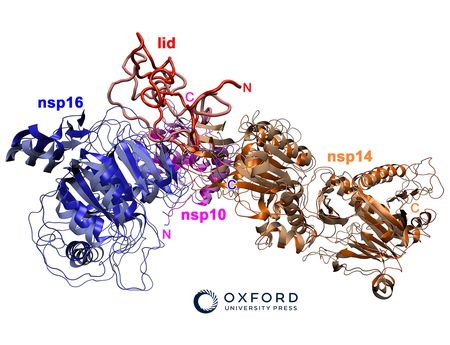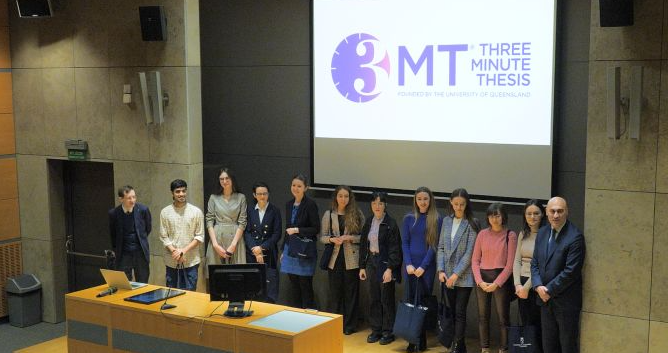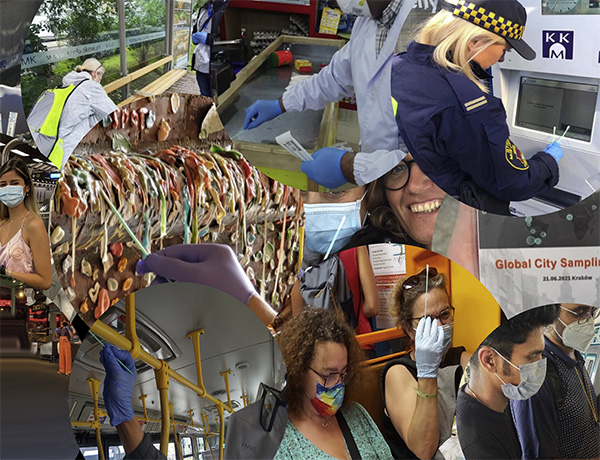
The MetaSUB Consortium, founded in 2015, is a global consortium with an interdisciplinary team of clinicians, scientists, bioinformaticians, engineers, and designers, with members from more than 100 countries across the globe. This network has continually collected samples from urban and rural sites including subways and transit systems, sewage systems, hospitals, and other environmental sampling. These collections have been ongoing since.
Recent publication in the iScience [Link] sheds light on foundations and ongoing efforts to build on MetaSUB's network and narrow its focus on the mapping, annotation, and prediction of emerging pathogens, mapping microbial evolution and antibiotic resistance, and the discovery of novel organisms and biosynthetic gene clusters.
Environmental bacteria have a significant impact on human health, including the capacity to prevent or treat disease. Under the direction of Dr. Christopher Mason of Weill Cornell Medicine, a group of international researchers formed "The International Metagenomics and Metadesign of Subways and Urban Biomes (MetaSUB) consortium" (www.metasub.org) to better understand this complex relationship and fill in the gaps in the studies on the human "exposome".
Recent coverage of the consortium's work appeared in Cell (Danko et al., 2021a). Over the course of three years, they collected 4,728 samples from international public transit networks in 60 metropolitan areas spanning 32 nations and six continents (PMID: 34043940). The scientists demonstrated that each city has its own unique microbiome signature echo by using shotgun DNA sequencing to identify microbial (bacteria, archaea, fungus, protists, and viruses) signatures different from human commensal microorganisms.
Furthermore, this work opened doors for future investigation (e.g., novel CRISPR arrays, novel microbe species, and novel peptides) that will instruct and empower researchers, decision-makers, and representatives of the public health community to recognize infectious microbial populations, evaluate risks, map outbreaks, and develop strategies to manage and lessen the threats of epidemics.
“The collaborations for this project are fortuitous: sometimes it is people reaching out because they want to look at their city relative to another, and sometimes it is just a simple burst of curiosity.” says Christopher Mason
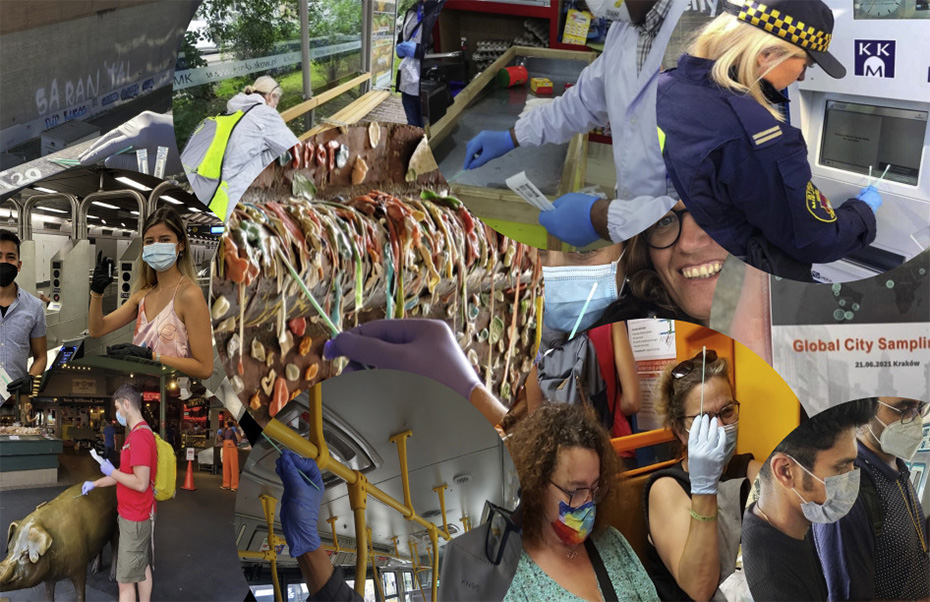
The initiator and coordinator of the Krakow editions of the campaign is dr hab. inż. Paweł Łabaj, leader of the Bioinformatics Research Group from Jagiellonian University's Małopolska Centre of Biotechnology, and co-founder of the MetaSUB Europe association.
„In 2015, Chris and I were at a dinner for the ISMB/ECCB2015 conference in Guinness Brewery. That was where he asked whether I would like to join a new consortium focused on scaling the work in his Cell Systems paper internationally. This is how I became a MetaSUB co-PI in Vienna and later in Kraków” he says.
Dr hab. inż. Paweł Łabaj joined MetaSUB with little experience in metagenomics because of his background in transcriptomics. But after each new experience, he understood how similar those two worlds really are. “Of course, methods cannot be transferred directly, but it appeared that concepts and solutions might be easily adapted. A perfect example can be the work of our colleague Dr. Andre Kahles (ETH, Zurich, Switzerland). His concepts for graph-based sequencing data analysis took their origin in (cancer) transcriptomics. Over time, his team developed a much more powerful, generic framework for graph-based, large-scale metagenomics sequence analysis (https://metagraph.ethz.ch).”
Presently, the group is working on many offshoot initiatives. For instance, they started the MetaMED initiative to examine samples from medical facilities and hospitals. Additionally, they have the Monumentome project, which collects samples from monuments and other sites in order to identify the factors contributing to their deterioration. Surface samples from the historic city of Tel Megiddo in northern Israel are among the 21 monuments and landmarks from 12 different locations from which they have already collected samples.
Additionally, MetaSUB is sampling wastewater from 14 different cities as part of their ongoing MetaSEW research, with a special emphasis on COVID-19 surveillance and variant testing. To characterize the changes in the urban metagenome and comprehend the presence of the SARS-CoV-2 virus, they also have a MetaCoV study from 27 different cities.
Paweł Łabaj believes that MetaSUB can go in some incredible directions with the current pace and degree of participation. For instance, leveraging a global network of smart cities that can benefit from microbial fingerprints is a logical next step. These can act as baselines, and any observed variations from them may be a warning sign of impending danger to our health and wellbeing. We are on the verge of creating the Global AMR/Pathogen Spread Warning System thanks to recent improvements in (near) real-time metagenomic sequencing/detection and AI-based analytical and predictive models. He is sure that the MetaSUB community will take the initiative in this situation.
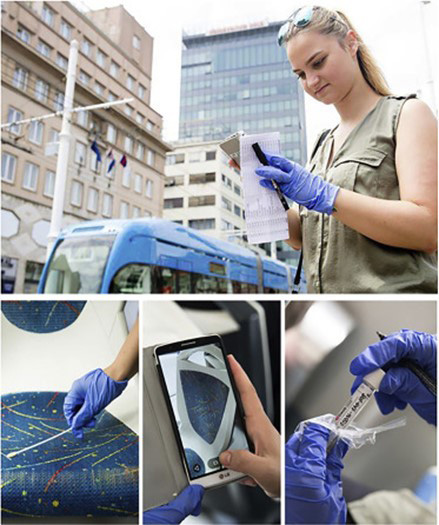
The consortium has so many ideas, projects, and, most of all, an incredible, international team all devoted to exploring microbiology together. There is so much to do. The future of MetaSUB is very bright.


